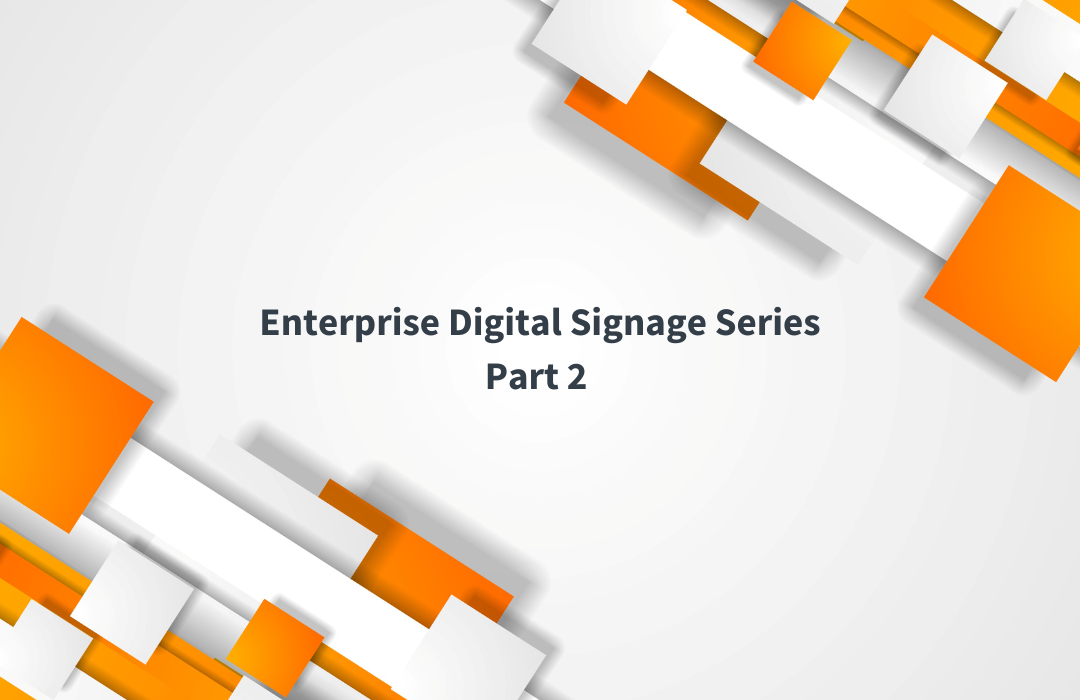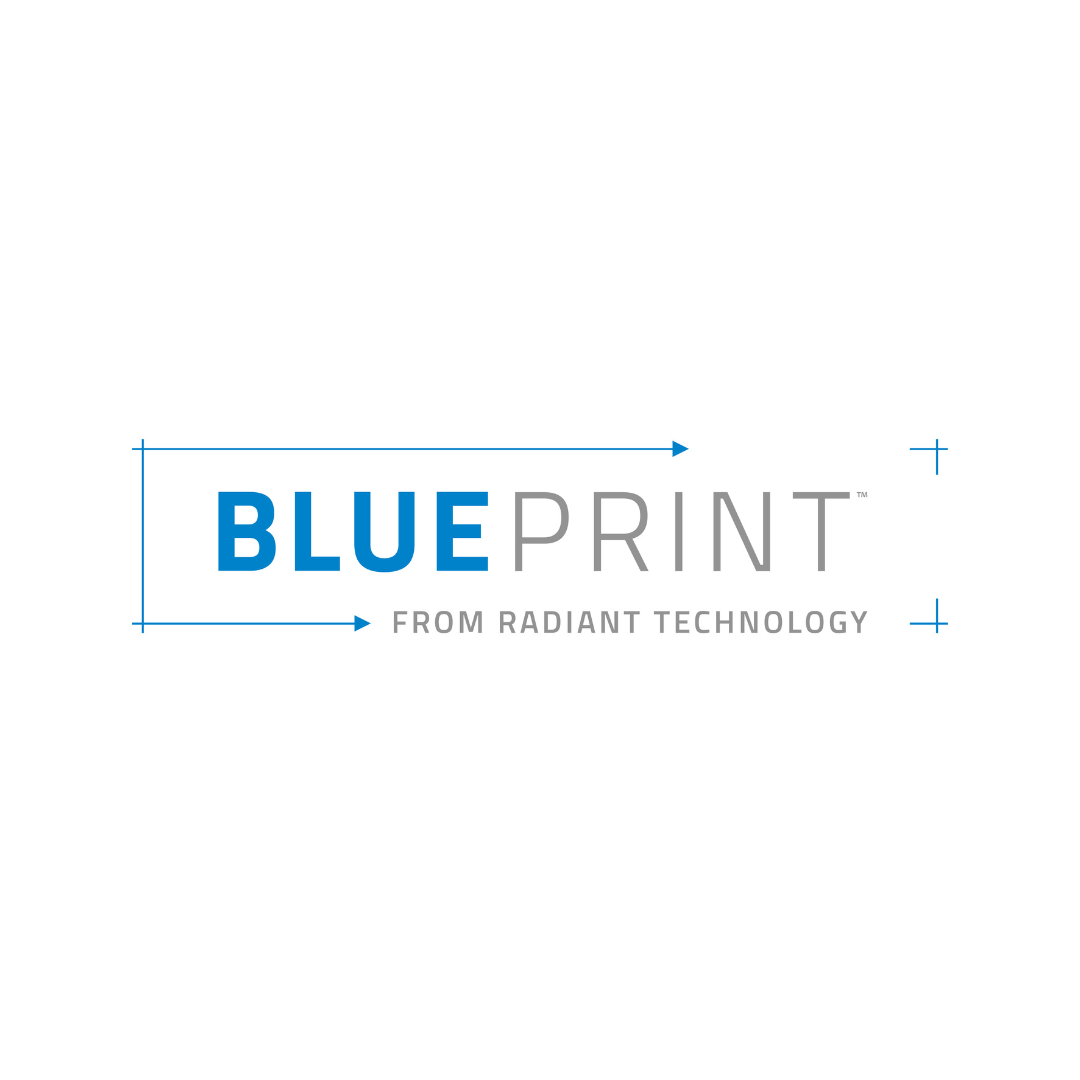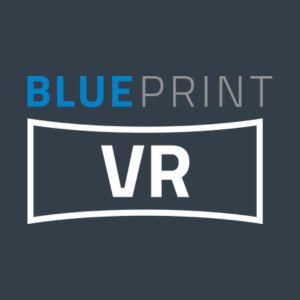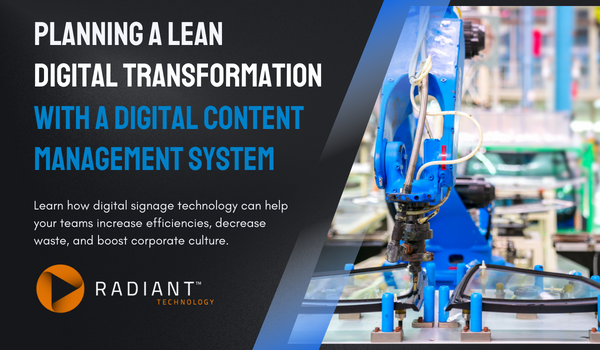The Importance of Global Data
Global corporate metrics and visualizations can be important for effectively communicating corporate wide initiatives, performance, and goals. Sharing corporate data allows unification and collective consciousness of employees to feel informed and connected to these corporate initiatives and also feel like they can contribute and impact those.
Cross Silo Data Sharing
Having a single central enterprise solution allows for all data in the organization to be secured and it opens opportunities for intelligence sharing between groups and organizational silos. Having a central data repository, or data warehouse, where key metric data is managed allows for better collective intelligence throughout the organization. Teams have improved awareness of impacts of other departments that may impact themselves. This awareness can reduce stress and create better planning and actions through forecasting issues. This data can then be shared with other departments that may be impacted down the road. Data warehousing can also impact global and departmental operations centers or executive team dashboards where data provides an overall picture of the organization’s health and status.
Now that we’ve shared the three commonalities enterprise digital signage clients share, we’ll dive deeper into specific outcomes derived from implementing enterprise digital signage in the modern workplace to:
- Increase information retention with digital experiences
- Accelerate decision making with data visualization
- Bridge silos with automation
- Drive productivity
- Connect teams from anywhere
- Maximize system uptime and reliability
Increase Information Retention with Digital Experiences
On average, people need to see a message at least seven times before it sinks in. It’s known in advertising as the Rule of 7. What can we learn from this concept to apply to the modern workplace?
The way we communicate, and the mode of communication make a big difference in how we retain information. How many times have you received a companywide email only to skim through it then sort it into a folder never to be seen again? How often does a colleague post a message on your corporate intranet only to get lost in your feed as more content is posted?
Akin to the advertising approach, we need to see information more than once or twice to begin to recall it. Combine that with the evidence that digital signage elicits an 83 percent recall rate, and you have a good case for using digital signage to achieve your outcomes.
Digital signage can be used to communicate universal brand and corporate messaging, while also giving authorized end users the flexibility to use custom digital dashboards by department.
Enterprise digital signage helps you to
- Tell your brand story with experiential signage in lobbies or common areas.
- Acknowledge contributors with history or donor walls.
- Help people find where they’re going with interactive wayfinding displays.
- Introduce new hires, share announcements and birthdays.
- Use departmental signage to visualize KPIs and provide team member location and availability.
- Integrate with life safety systems to display emergency notifications.
- Retaining pertinent information is a critical component to building teams that work efficiently and effectively. Once information is retained, it can then be used to make informed decisions that accelerate workflows and lead to strong results.
Accelerate Decision Making with Data Visualization
Digital signage applications offer more than relaying static messages, exchanging printed signs for digital displays, that’s digitization. You can view our guide to digital transformation here: Radiant Technology Group Guide to Digital Transformations.
Optimized digital signage offers end users the opportunity to contextualize data and reframe key points in an easy-to-understand format, providing end users with context and timely calls to action.

The Benefits of Data Visualization Using Digital Signage
Using digital signage to enhance data visualization provides enterprises with the opportunity to communicate with team members in new and more effective ways. With dashboards, charts and graphs, key metrics are easy to identify and instantly visualized by team members. Did you know, the human brain processes images 60,000 times faster than text, so information supplied in a visual chart will be read, interpreted and understood faster than the same data being provided in a spreadsheet.
Properly visualized data helps teams quickly identify metrics that are on or off track. Being able to see multiple key data points concurrently not only saves time, but provides the opportunity for contextualization, taking data to the next level. This contextualization allows teams to better forecast and plan, staying on top of problems and issues before they arise. Data and information that is contextualized can also be combined with logic and intelligence, providing deeper meaning to live data that represent the most relevant and current information to the audience. Combining data with intelligence allows for custom triggers to be created that will alert end users to critical information prior to breakdowns. Having these call-to-action triggers in place reduces employee stress levels, system downtime and critical incidents.
“Typical dashboards are filled with irrelevant information creating a sea of data and information that operators often get lost in. Integrating information visualization management to allow for custom layouts that are driven to react to data and drive what is displayed creates better outcomes.”
Bridge Silos with Automation
Siloed information continues to be an issue that enterprises struggle with. Digital signage that is combined with custom visualized dashboards from Radiant Technology can be used to breakdown silos, sharing predetermined information with the appropriate teams. This information can be further contextualized and aggregated for easy understanding across departments. Sharing intelligence across teams with digital signage and visualized dashboards helps prevent communication breakdowns and leads to greater productivity.
Optimally visualized dashboards give immediate access to usable data and information, reducing visual noise to ensure critical information isn’t missed. This information is optimized for viewing at the appropriate distance, further reducing visual noise, and increasing access to pertinent information.
The Solutions
- Layouts can be triggered by data to respond to events – Radiant can integrate visual information visualization management to allow for custom layouts that can be completely driven to react to data and drive what is displayed based on key context from various data trigger sources.
- Information and content is visualized to provide the best context to the viewer or operator.
- Content is optimized for viewing distance and where the information is organized, providing the best way for clarity and transparency to the operator.
The Benefits of Bridging Silos with Digital Signage
Sharing intelligence across teams with digital signage and visualized dashboards helps prevent communication breakdowns and leads to greater productivity.
Drive Productivity with Gamification
In the work-from-anywhere environment that we live in, it’s important to create a sense of connectivity to increase employee morale as well as productivity. One way to do this with digital signage is gamification. The gamification of tasks increases productivity while simultaneously creating a sense of connectivity with team members, much like the experience of playing video games with friends. Examples of gamification include dashboards that promote friendly competition across teams as well as visualizations that track progress to ensure performance indexes are met.

Gamification Benefits
- An increase in productivity
- More engaged employees
- Connected teams
- A fun way to onboard new team members
- Creates a sense of ownership over tasks
Connect Teams from Anywhere with Mobile Applications
As digital transformations continue to push the envelope, the same dashboards available in the office are now available on mobile devices, giving secure access to team members across the globe. This boosts morale and provides a sense of connectivity no matter your location.
Mobile applications that are available anywhere, anytime are the next step in creating connected teams that truly embrace presence and meeting equity initiatives.
The Benefit
Digital signage applications that securely store your data offer real-time opportunities for remote participants to gain insight into what’s happening in the enterprise environment.
Maximize System Uptime and Reliability
A key advantage of digital signage is the ability to consolidate enterprise content management. Traditionally, organizations would rely on disparate systems and manual processes to distribute information across multiple platforms. This often led to inefficiencies, delays, and increased chances of errors. However, with digital signage that has been consolidated into a single DCMS, teams can now centrally manage and control their content from a single interface. Triggers can then be put in place, notifying teams of critical information prior to process breakdowns. By eliminating the complexities associated with content management, digital signage empowers teams to focus on critical tasks, enhancing system uptime and reliability.
The data visualization experts at Radiant Technology can help you identify key issues regarding productivity, collaborate more efficiently with critical team members, and remediate issues by resolving operational disruptions. This allows your teams to organize, visualize and automate processes, increasing overall productivity.
What is the difference between using Digital Signage versus Business Intelligence tools for Data Visualization?
This question always comes up, so want to address it in this article. Companies are investing heavily in Business Intelligence tools like Microsoft PowerBI or Tableau and others, so why should Digital Signage be a key part of their Business Intelligence Strategy? Simply, using data visualization on a digital signage content management system (CMS) offers unique advantages.
Audience Engagement
Digital signage systems can present data in a visually appealing, easy-to-understand format that engages a wider audience. While Power BI is an excellent tool for internal data analysis, its dashboards might be too complex for a general audience to comprehend quickly. You may also only want certain people to interpret data, but the right DCMS platform can include logic which generates the right calls to action to the right people at the right time without the mistake of misinterpretations.
Real-Time Updates
Digital signage CMS can integrate with live data sources in real time, enabling you to display up-to-the-second information. This ability to present real-time data is a vital aspect for industries that need instant data communication, like logistics, transportation or finance. With the right enterprise solution, data driven logic flows can also ensure the right information is presented on the screen, so data can not only emphasize key data and generate specific messaging, but entire screens can be driven by data as to what is being presented. This reduces the sea of excess information that may not be relevant at that time to over-shadow the important information that needs addressed at that time.
Ubiquity
Unlike Power BI and similar tools, which requires a user to log in and navigate to the right dashboard, digital signage can be placed in any public or private space, such as lobbies, meeting rooms, or break rooms. This provides data visibility to more people, more often.
Operational Efficiency
Digital signage can improve operational efficiency by conveying important KPIs directly on the production floor, where real-time decisions are made.
Versatility
Digital signage allows for a blend of different media types like images, videos, text, and interactive content. This provides a more dynamic presentation compared to the primarily graph and chart-based displays in BI tools.
Simplicity
A good enterprise digital signage CMS is designed for easy content updates, meaning even non-technical users can quickly change what’s being displayed. In contrast, creating new reports or altering existing ones in BI tools often requires specialized knowledge. This allows for such greater adoption and impact throughout the organization and significantly lowers the bar for generating more impactful information visualizations at a lower investment.
Remember that each tool has its strengths and serves different purposes. A good enterprise digital signage CMS platform is an effective way to disseminate data to a broad audience quickly and understandably, while a BI tool is more suited to detailed, in-depth analysis for decision-makers. I personally prefer the term Information Visualization when describing Digital Signage and Data Visualization when using Business Intelligence tools as that can help some technologists realize the differences.
By consolidating enterprise content management platforms corporations across the board can begin to deliver contextual communications and integrate real-time data with data visualization more effectively. This enables teams to make better business decisions and take steps towards transformative digital transformations.
At Radiant we have more than 20 years of experience helping enterprise organizations truly experience the transformational impacts that a DCMS can have verses just experiencing digitization which are more incrementally impactful.
If you’re ready to take the next step with your enterprise signage, reach out to us today at: sales@radianttech.net or 800.348.4008.






